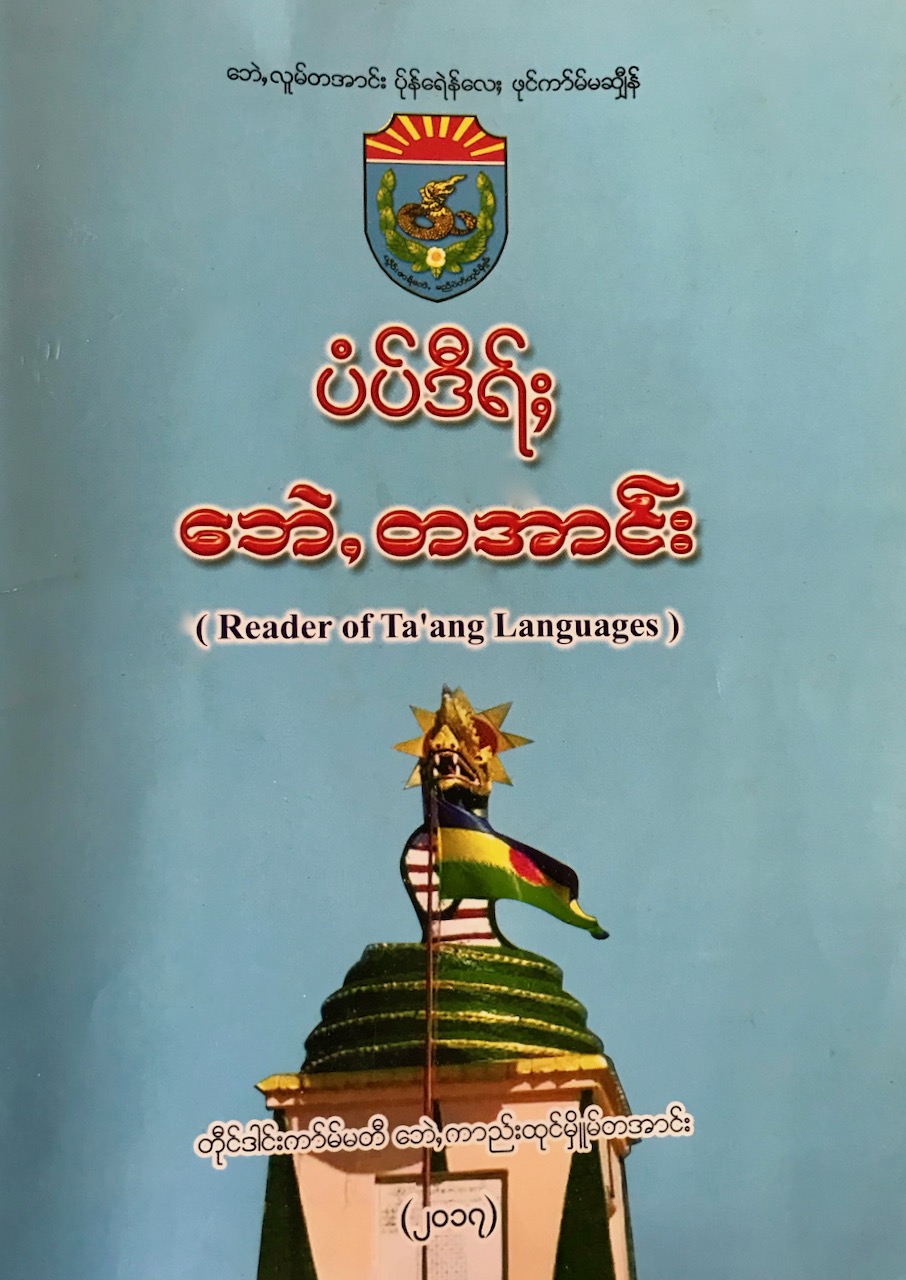
Nicolas Salem-Gervais and Mael Raynaud discuss the prospects of ethnic minority languages standardization..
This is Part Two of a three-part piece based on research undertaken for Urbanize: Policy Institute for Urban and Regional Planning, and supported by the Konrad Adenauer Stiftung. This three-part series is largely based on a total of over 130 interviews conducted between December 2018 and February 2019 as well as between May and September 2019 in Shan, Kachin, Chin, Kayah, Kayin and Mon States, as well as Sagaing and Yangon Regions and Naypyidaw Union Territory. Interviewees include various levels (township, district, State/Region, Union) of the Ministry of Education and Ministry of Ethnic Affairs administration, literature and culture committees, Regional ministers, Regional MPs, Local CSO and Media, ethnic political parties’ representative, school headmasters and teachers. Most documents and statistics referred to in this article were collected in the course of these interviews.
In Part One of this paper, after a brief reminder of the potential benefits of using ethnic languages in education, we have described the encouraging policy shifts towards making ethnic minority languages available, both as subjects and “classroom languages” in government schools across the Union of Myanmar. We’ve argued that these ongoing shifts, notably in the context of developing the local curricula and encouraging the appointment of local teachers, are also likely to bring benefits in terms of decentralization, by prompting interactions and a sense of compromise between local actors, the State/Region governments and the different levels of the Union’s administration. Finally, we have described a structural challenge to the introduction of ethnic minority languages in formal education, namely the issue of making all relevant languages available in multiethnic settings.
Part Two of this paper deals with another structural challenge to unfolding language-in-education policies. In mathematical terms, this central aspect of what we have called the “linguistic” challenges in earlier publications, deals with the difficulties involved in the process of transforming continuous data into discrete data. In that case, continuous data would be what is described as 120+ languages, often presenting a variety of dialects and scripts, heterogeneous socio-linguistic situations, and often used within daily informal multilingualism. Discrete data would then take the form of standardized languages, fittingly corresponding to a list of ethnonyms, which could conveniently and exhaustively be represented by a patchwork of colors on an ethnolinguistic map.
In other words, this transformation would involve going from a situation where a virtually uncountable number of variations of a large number of languages, attached to a variety of often overlapping ethnonyms, are spoken in the homes of primary school pupils across Myanmar, to a situation where a limited number of standardized languages are taught in government schools.
Our argument is that there are today in Myanmar, for reasons that we are going to explore in this second part of our article, strong forces pushing towards the formalization and standardization of ethnic languages. However, language standardization processes do not come without ambiguity and contradiction and ⎯ in Myanmar at least as much as elsewhere around the world ⎯ these tend to be contentious. Additionally, in the process, the aim of helping pupils understand their teachers better often takes backseat to the nation-building objectives of the actors involved.
A key aspect underlying the linguistic conundrum we are trying to describe in this article is the extent to which ethnicity has been politicized throughout Myanmar history, through an essentialist understanding of ethnic categories perceived as homogenous. A thorough discussion of this issue lies beyond the scope and ambitions of this paper, but many such as historian Victor Lieberman have warned against viewing pre-colonial history through the prism of discrete ethnic categories, while political scientist Robert Taylor has observed that the “reification of ethnicity” was a striking feature of colonial rule and historian Patrick McCormick noted that the importation of the concept of race (which will evolve into ethnicity) was often equated with language.
The colonial State, in its 1931 Census, strived to approach the “true racial classification” of the “indigenous races of Burma”, pondering the relative importance of linguistic criteria, compared to other features, such as “(…) physical appearance, body measurements, culture, customs, technology and the temperament (…)”.
Subsequently, from the inception of the independent nation-state in 1947, the Union of Burma’s federal politics has been attributing prerogatives on an ethnic identity-recognition basis: the 1947 Constitution links citizenship to the belonging of one of the “indigenous races” of Burma and the seven States created at independence (and later) all bare ethnonyms. As noted by Nick Cheesman, Ne Win and the BSPP further politicized the idea of indigenous ethnicities, notably by attributing a central place to the concept of “national races” (တိုင်းရင်းသား) in official political discourse.
The SLORC/SPDC, while using patent Burman nationalist references in their discourse on the Myanmar nation and largely contributing to the curtailing of ethnic minority language use in formal education, did also carry on with the trend of ethnic identity recognition-based politics. An obvious illustration of this conception of politics and citizenship is the 2008 Constitution, which further attributes (or denies) territories and political prerogatives along ethnic lines (notably Self-Administered Zones and Ethnic Affairs ministers).
The politicization of ethnicity is today firmly embedded into Myanmar’s political culture: while the number of representatives sporting ethnic costumes in the Parliament has technically decreased after the 2015 elections, about two-thirds of the political parties running for the forthcoming elections have a clear reference to an ethnonym.
Well beyond the Myanmar context, identity-based recognition policies have often been criticized, notably by political scientist Tamar Malloy, mainly for “reifying categories that may misrepresent the lived experience of group members”, and potentially opening the door for endless revenge-seeking, rather than compromise and social construction:
“Not only can identity-based recognition claims fail to improve group members’ position; such claims must fail since they can only meaningfully exist if the recognition-seeking group accepts the equation of its identity with victimization, powerlessness, and antagonism.”
During our interviews, a significant number of actors, while being themselves often deeply engaged in this political matrix through their efforts to consolidate their particular ethnic identity and language, seemed to have a very clear vision of how identity-based recognition could (continue to) be a bottomless pit for Myanmar’s political future. In several instances, we have heard criticism towards the very concept of attributing territories and political prerogatives along ethnic identity lines ⎯ as a dire legacy of the colonial mindset and ruling strategies ⎯ from the inception of the Union.
Additionally, critics have noted that identity-based recognition policies around the world tend to work hand in hand with neoliberalism. James Costa, referring to the work of Shannon Speed illustrates in a bold but vivid way problematics that could certainly be transposed to the contemporary situation of Myanmar:
“In the case of Mexico, while Indians are busy defining and debating which ethnic groups they belong to and what language they (ought to) speak, they are not busy voicing other types of social demands.”
In their work on education in Thailand, Alain Mounier and Phasina Tangchuang similarly warn against the tendency of localist movements to become de facto allies of neoliberal forces, in the process of demanding a diminution of the central state’s prerogatives.
Despite this political matrix attributing political prerogatives along ethnic identity lines, ethnic categories, in Myanmar like elsewhere, are debatable and debated. Edmund Leach ⎯ whose work is precisely based on fieldwork conducted within ethnic minorities in what was then Burma ⎯ was among the pioneers in deconstructing essentialist conceptions of ethnicity, by demonstrating how ethnic identity is, to a large extent, a fluid reality. An individual is indeed likely to experience different sense of belonging, not only throughout the course of his life, but often over the course of a single day. This fluidity of identity and language practices, specifically in the Myanmar context, was clearly identified much earlier. Bennison in the report of the 1931 Census, vividly states:
“Some of the races or tribes in Burma change their language almost as often as they change their clothes. Languages are changed by conquest, by absorption, by isolation and by a general tendency to adopt the language of a neighbour who is considered to belong to a more powerful, more numerous or more advanced race or tribe.”
In addition to that fluidity of identity and language practices, another underlying challenge to the production of discrete ethno-linguistic categories is that the criteria to distinguish what should be considered a dialect or a separate language (which, again, is often perceived as the most critical marker of an ethnic group) are largely subjective, with political considerations generally superseding strictly linguistic aspects.
Going back to more contemporary and concrete debates, many have noticed that to this day, the results of the 2014 Census dealing with ethnicity, and collected according to the 135 ethnonyms list (see Nick Cheesman on the origins of that particular figure ), have not yet been published. This data is indeed highly sensitive since population figures have direct implications in terms of political prerogatives, such as obtaining ethnic affairs ministers in the States and Regions or Self-Administered Zones (SAZ). Whatever results come out is thus likely to be contested by political actors feeling that the population of their particular group is underestimated or miscounted.
Indeed, not only do many ethnic actors seem to have inflated expectations regarding the demography of their particular group, but the 135 categories used for the Census themselves are often highly debatable and debated, as noted by Ardeth Maung Thawnhmung and Yadana. In Chin State for instance, the official categorization contains no less than 53 ethnonyms. Amongst this complex official ethnic landscape, one point seems fairly consistent though: the fact that this particular figure and typology does not reflect accurately the ethno-linguistic diversity of Chin State. Some of the ethnonyms on that list are often perceived as categories corresponding to regions or clans, rather than ethnic groups or languages, and many interviewees said they technically belong to several categories on that list at the same time. Another point, however, was also widely agreed-upon in interviews: the fact that producing a new list of ethnonyms for Chin State today, regardless of how “scientific” the ethnolinguistic criteria involved would be, is likely to be highly contentious.
A number of actors in Chin State, including in the State government ⎯ which regularly receive new demands for the teaching of languages they have never heard of ⎯ would like to materialize an aspiration that has been central in the mobilization of an overarching Chin identity: agreeing on a Chin common language, both for educational and political purposes.
In practice, very few if anyone reckons that agreeing on a single language today is a realistic project, unless this language is either English or some kind of Chin “Esperanto” (i.e. a language created artificially with features from multiple Chin languages, see below), two prospects that both bring their own set of issues. But a number of actors hope to be able to negotiate an agreement on a limited number of “main” languages (4 to 10 depending on estimations) to be promoted, notably through formal education (the other languages/dialects, according to most interviewees, would then be taught outside of the schools).
While the prospect of getting all the stakeholders to discuss these issues together is certainly constructive, finding a consensus is likely to be challenging. The main issue is of course political: as we will see in the rest of this article, cultural and political elites linked to “smaller” groups and languages, at this point and time of Myanmar political history, are rarely ready for such a compromise (a fortiori if they have already obtained official recognition).
Furthermore, from an educational standpoint, several interviewees have contended that this type of project would amount, for a significant fraction of the population, to learning an additional language that differs to significantly from their actual mother-tongue, thus somewhat defeating the purpose of introducing ethnic languages to facilitate the education process. This prospect may also potentially threaten the perspective of maintaining language diversity, by turning the “main” languages into the most direct threat to “smaller” languages.
In earlier publications, we have described two opposing forces at play among ethnic minorities in Myanmar, which have both gained momentum in the post-SPDC political context alongside the shift of language-in-education policy. On the one hand, there is the movement towards standardization and the choice (or production) of “common” (ဘုံသုံး), standardized languages; on the other hand, the mobilization of particularism.
While the perspective of teaching ethnic minority languages in government schools strongly suggests some degree of standardization, the Myanmar political matrix, spearheaded by the contemporary legal recognition of “ethnic rights”, also provides solid ground for the mobilization of “local” ethnic identities, a fortiori along the already established 135 categories, and almost regardless of their relevance in terms of linguistic proximity/difference.
The tension between these two forces, while certainly exacerbated by the weight of ethnicity in Myanmar political culture, is in fact a classical conundrum in the processes of standardizing minority languages in modern nation-states around the world. For Lane, Costa and de Korne (in introduction of a recent book dealing with countries and regions such as Russia, Canada, West Africa or Scotland) these types of projects frequently amount to a “Faustian bargain”, underpinned by often irreconcilable political, almost philosophical, contradictions. In the very name of consolidating “smaller” languages to protect linguistic diversity, these projects entail indeed, precisely, a reduction of… linguistic diversity:
“ (…) social actors involved in these processes often find themselves at odds with conflicting priorities. On the one hand, standardisation remains a potent way of doing or inventing language, of producing languages as bounded, discrete entities and as social institutions and subsequently increasing the social status of those who use them.”
But, as they immediately follow:
(…) “ On the other hand, standardisation is inherently a limitation of diversity (Milroy and Milroy 1999) and a way to harness and act upon linguistic, that is to say, social differences. Promoting language standards is thus both a way for validating groups and for limiting group-internal diversity. Considering that diversity is often the very raison d’être for minority language movements based on the claims that all ways of communicating are equally legitimate and that language diversity needs to be protected, this trade-off is atbest contentious and at worst a Faustian bargain.
In a variety of levels and situations, actors seeking to represent and mobilize a particular ethnic identity (such as LCCs, religious institutions, armed groups, political parties, ethnic media, NGOs, and so forth) wish to promote linguistic and political “unity” (စည်းလုံးညီညွတ်မှု) as a remedy to the “division/difference/heterogeneity” (ကွဲပြားမှု) within what they perceive as their group. However, these discourses on “unity in diversity” between “brothers and sisters” often have a lot in common, both in terms of philosophy, narrative and vocabulary, with the propaganda of the former military government, and its cult of “unity” within what has been described as a “Burmanization” (or “Myanmafication”) project.
A variety of similar actors, associated with different components of the said perceived groups, do not fail to notice these similarities and inherent contradictions. Appealing to their own “ethnic rights” (which are now inscribed in the law), they often seek to consolidate their own ethno-linguistic identity by affirming their singularity and emphasizing cultural and linguistic differences from the group that they perceive as trying to “swallow” them.
Echoing the longstanding accusation of “Burmanization,” a growing list of words starting by an ethnonym and ending with -zation are currently being heard across the country to denounce perceived situations (or aspirations) of cultural and linguistic hegemonies (we have heard for instance mention of political agendas of S’Gaw-ization, Shanization, Jingphaw-ization, even Hakha-ization in the case of Chin State discussed above).
Some political and linguistic projects have indeed striking similarities with the priority given to the common “Myanmar” (Burmese) language and identity by successive governments over the whole Union. In the case of Kachin State for instance, in the perspective of federalism, a number of political actors would like to promote the “Kachin” (Jingphaw) language ⎯ historically, to a large extent, a common language for the various Kachin groups ⎯ as an official language for Kachin State and a medium of instruction for primary schools. While some non-Jingphaw Kachin actors do agree with this perspective, most wish to promote their respective identities and languages (at the time of writing, 6 Kachin –Jingphaw, Lacid, Lhaovo, Lisu, Rawang and Zaiwa– and 5 Shan –Tai Leng, Tai Khamti, Tai Leu, Tai Long and Tai Sar– groups are officially recognized by the Kachin State Government).
These agendas are hardly compatible. Associating them, in terms of language-in-education policy, would suggest to use four languages throughout the education process (one of the 11 recognized Kachin and Shan languages, the “common” Kachin, Myanmar, and English), a challenging prospect in itself. Even more problematically, the “sub-Kachin” (as well as Shan) identities, as articulated by their respective political leaders and cultural elites, are often precisely pitted against the encompassing Kachin political project, denounced as hegemonic and threatening to swallow Kachin State’s minorities (“Jingphaw-ization”).
Reciprocally, actors striving to promote a common Kachin political agenda tend to be dissatisfied with the contemporary prominence and independence of the five other Kachin sub-group identities, notably in the frame of the 2008 Constitution (there is a Rawang and a Lisu Minister of Ethnic Affairs in Kachin State) and in the perspective of teaching ethnic languages in primary schools. For them, this dynamic is the result of a divide-and-rule (သွေးခွဲ) strategy orchestrated by the Burman-dominated state, which will ultimately lead to more “Burmanization”.
But the complexity and diverging agendas do not end there. Within some of the officially recognized groups of Kachin State, there have been significant linguistic and political challenges in agreeing to a common language to be taught in schools (see Part Three on the case of Shan Ni/Tai Leng in Kachin State and Sagaing Region). Some of the Kachin “sub-groups”, such as the Rawang, which inhabit the mountainous borderlands with China and India, also seem to feature significant internal linguistic diversity: about 4-5 languages not always mutually intelligible and 70-80 smaller dialects, according to the Rawang Language and Culture Committee (which seems to corresponds to the estimations of linguists). At the time of the interview, the Rawang LCC was seemingly facing internal political challenges in maintaining and promoting linguistic unity based on a written version of the Matwang dialect, whose formalization seems to have been finished only in the 1980s. Just like the Myanmar state, and the pan-Kachin leaders, actors linked to this common Rawang identity stress the necessity of linguistic “unity” for what they perceive as their group, yet confront internal demands of actors mobilized for the defense of their particular strain of diversity.
Unsurprisingly, in the process of shaping these associations/antagonisms, the magnitude of actual linguistic difference itself is often by far secondary to the interplay of actors and political stakes involved. Slight phonetic or lexical variations could be mobilized to emphasize otherness in order to strengthen the self. Inversely, groups whose speech is not mutually intelligible may end up reaching a long-term linguistic compromise if they are united enough politically
At the time of writing, Lisu and Kayan political actors, despite having to deal with very significant internal linguistic variations within their respective groups, both seem to have achieved some levels of success in agreeing on a common formal language. However, in both cases Buddhist minorities among them have been developing separate, Burmese alphabet-based, written languages, in contrast to the Roman scripts which the Christian majorities use. In certain regions, the local Kayan LCC chairmen also argue that the common language chosen by Kayan political leaders, the “standard” Pekhon dialect of Southern Shan State, is too distant to be understood. In the schools located in Kayan villages of Kayin State and Naypyidaw, one variety of the Gekho language is taught instead.
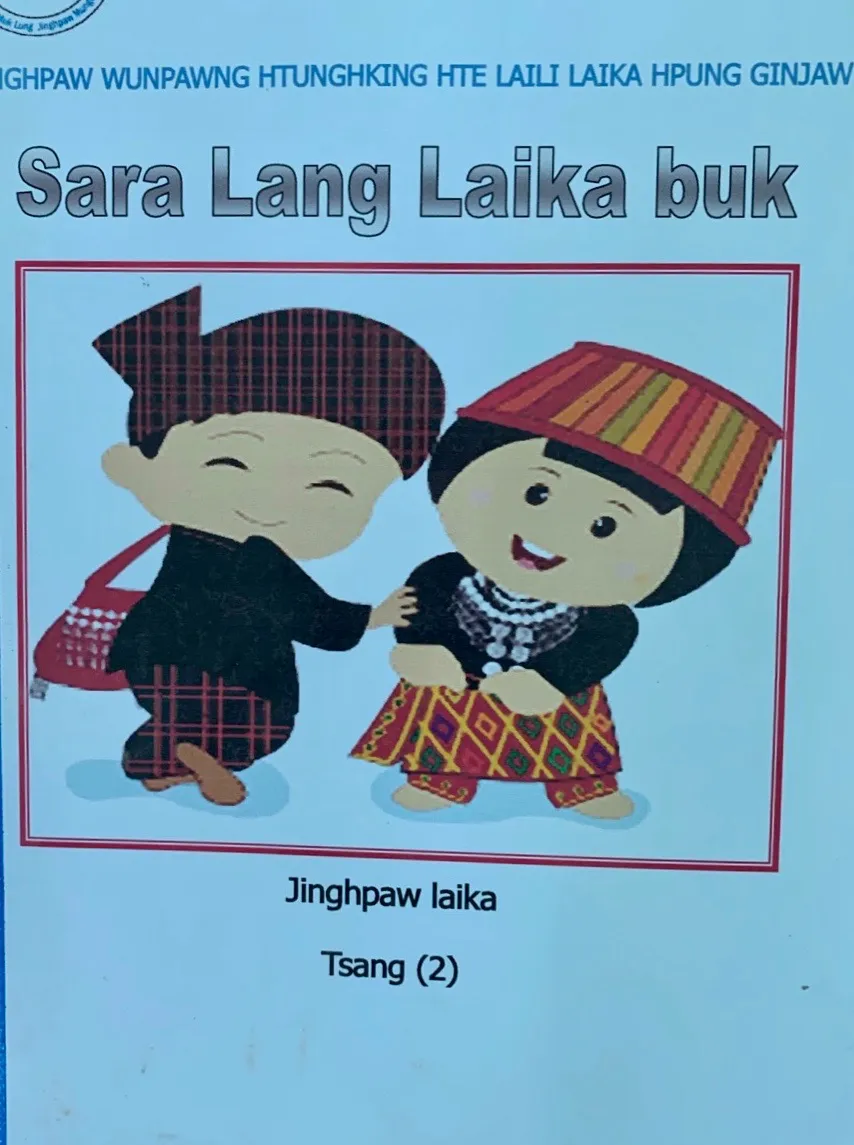
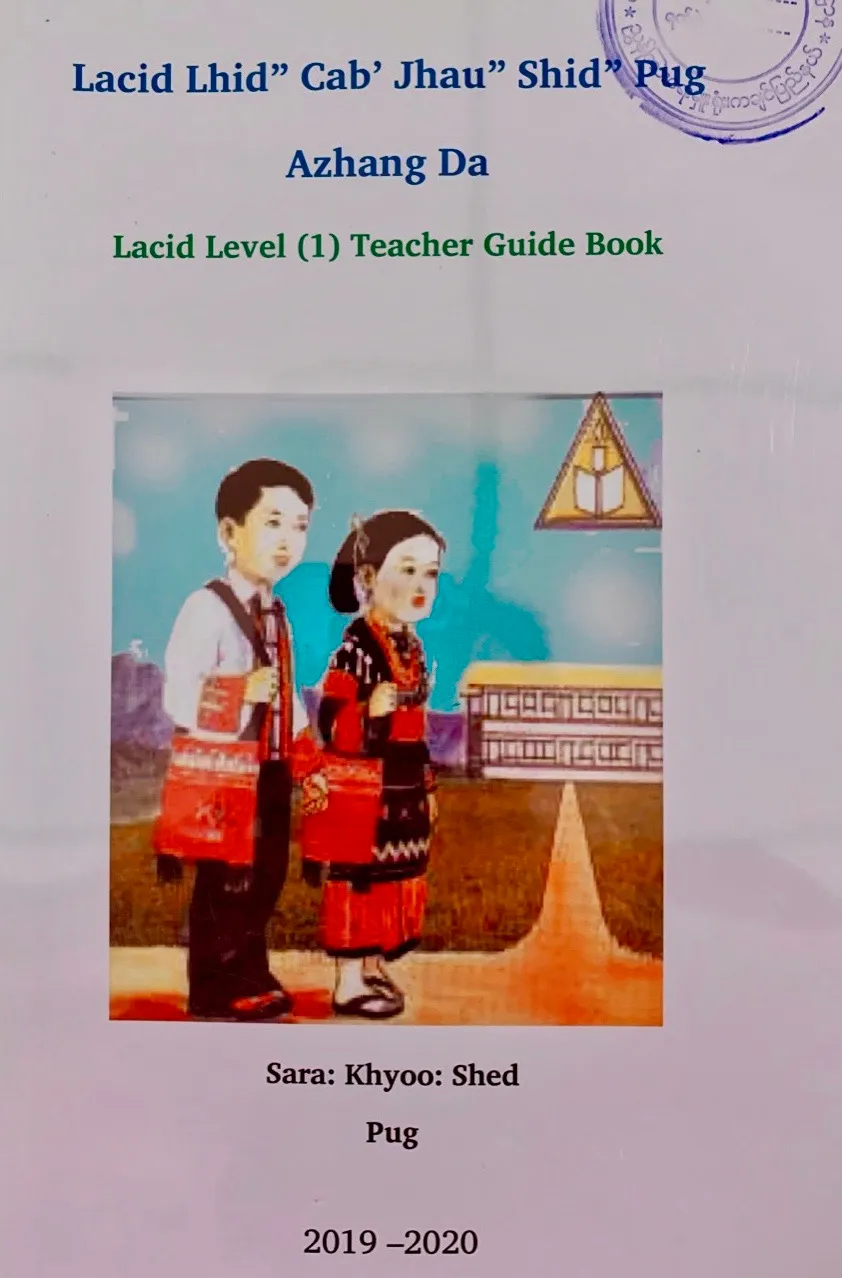
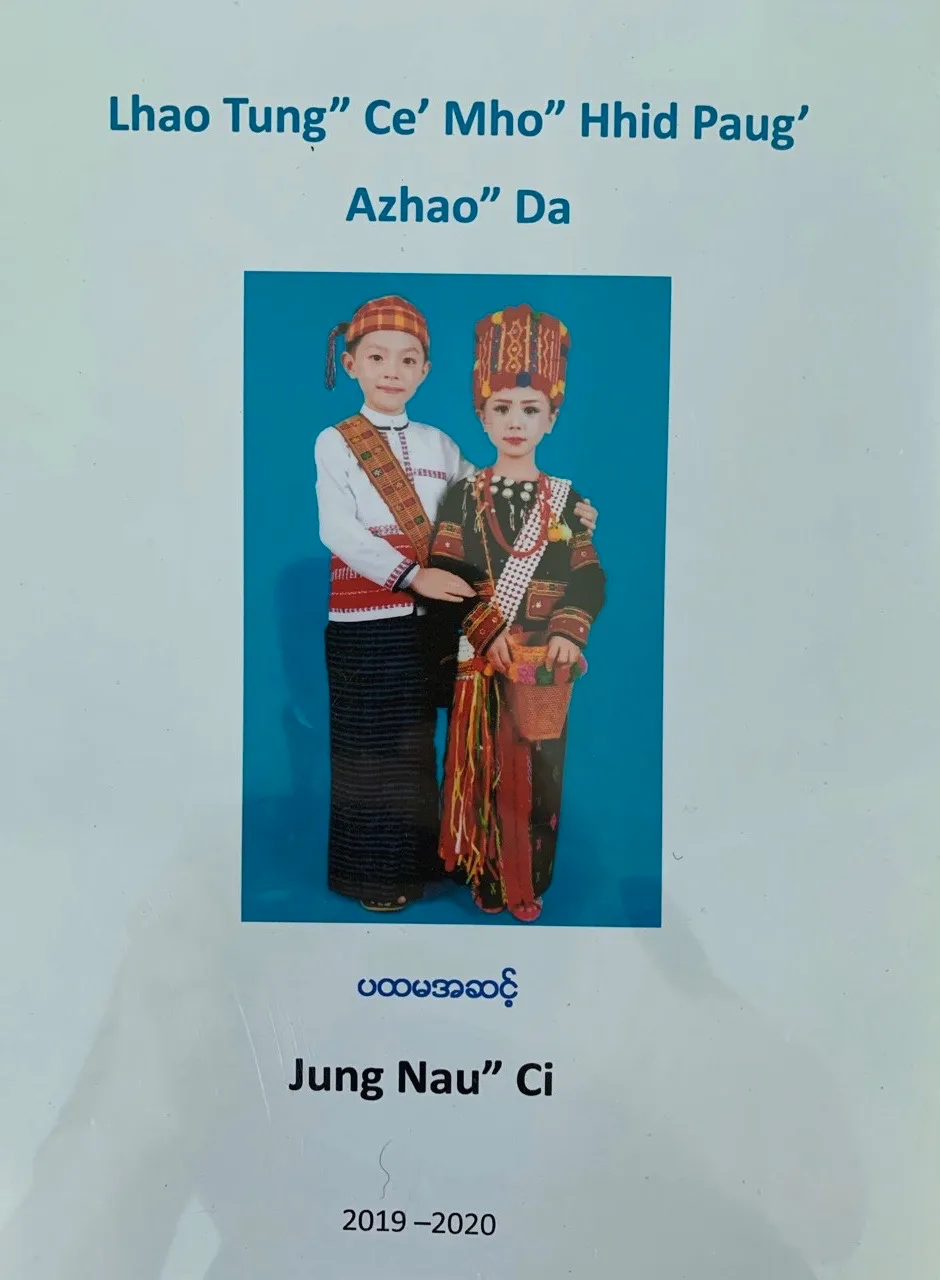
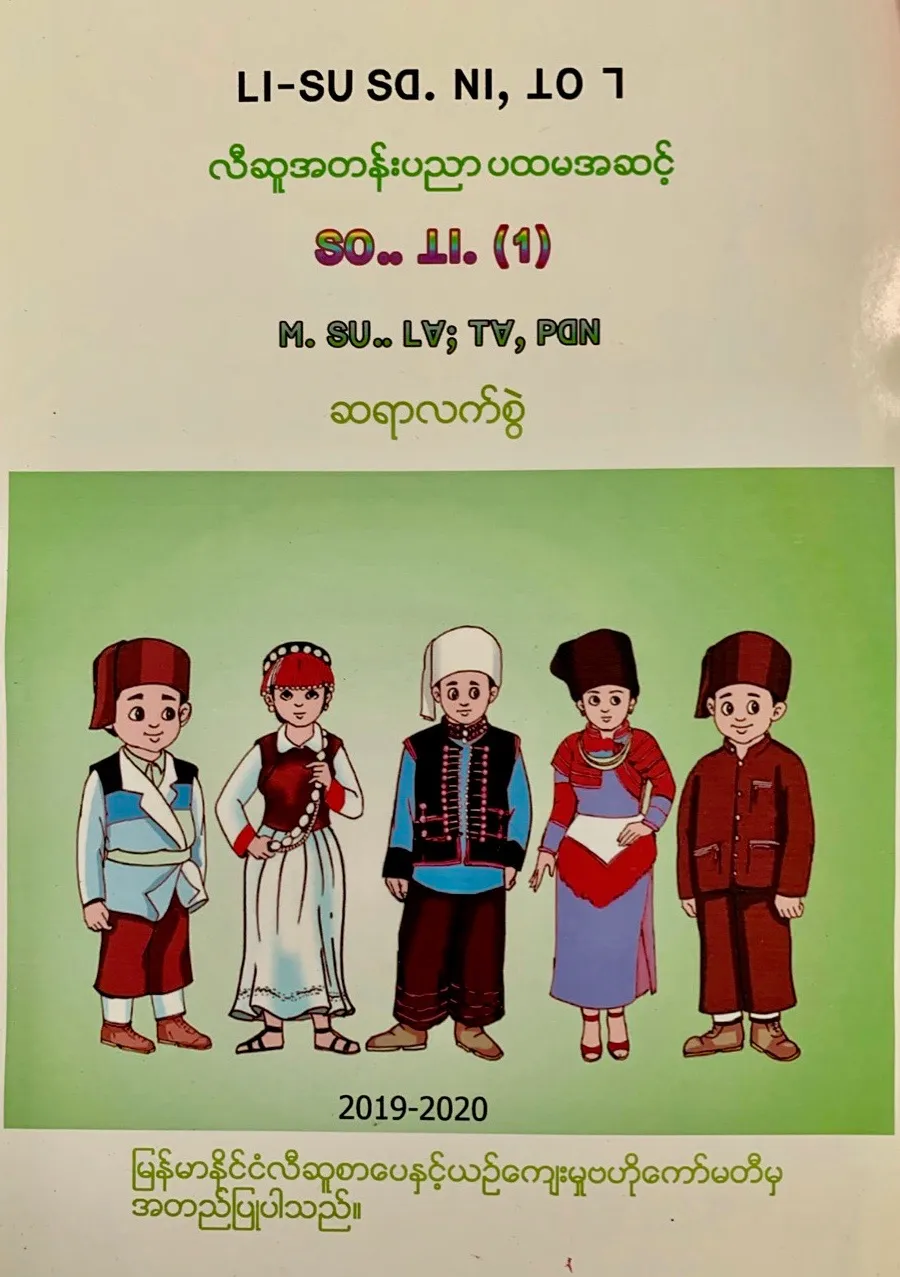
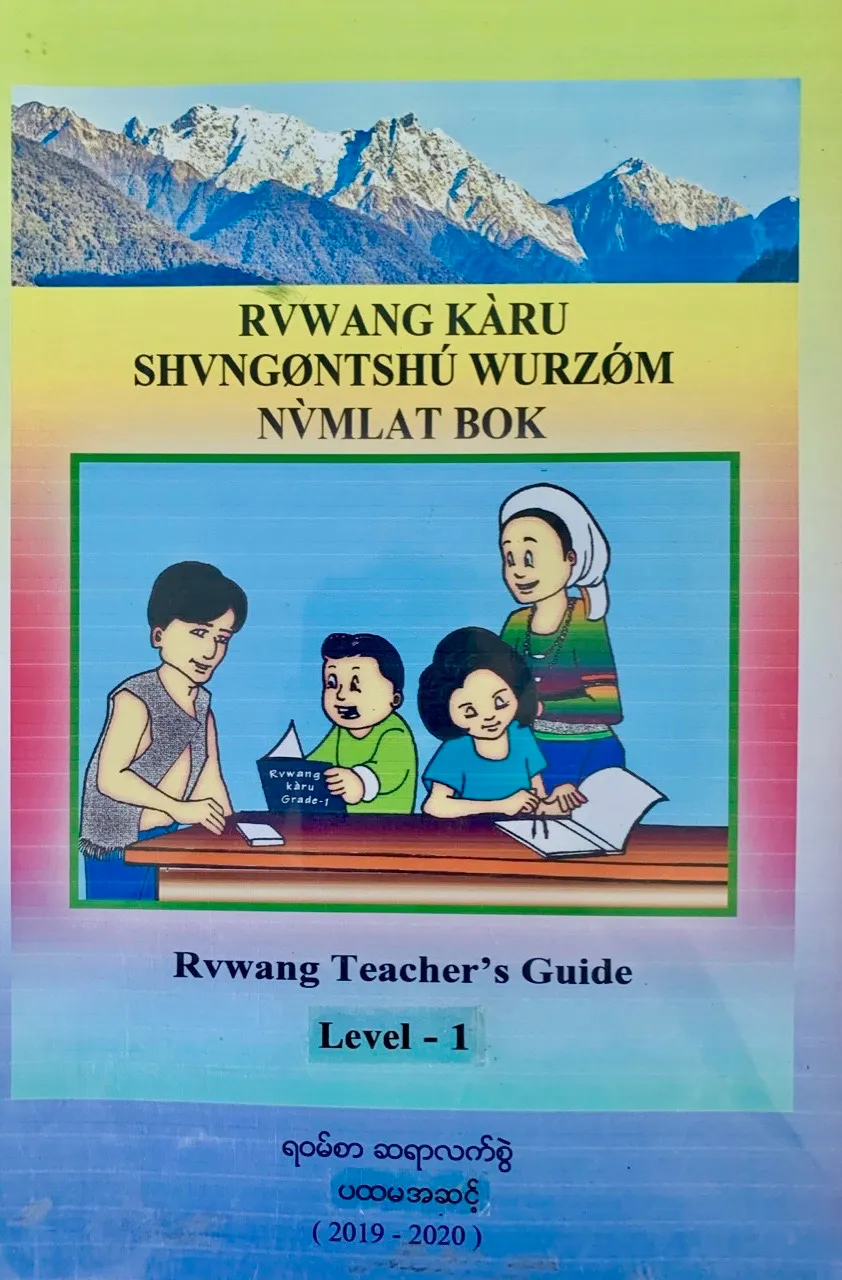
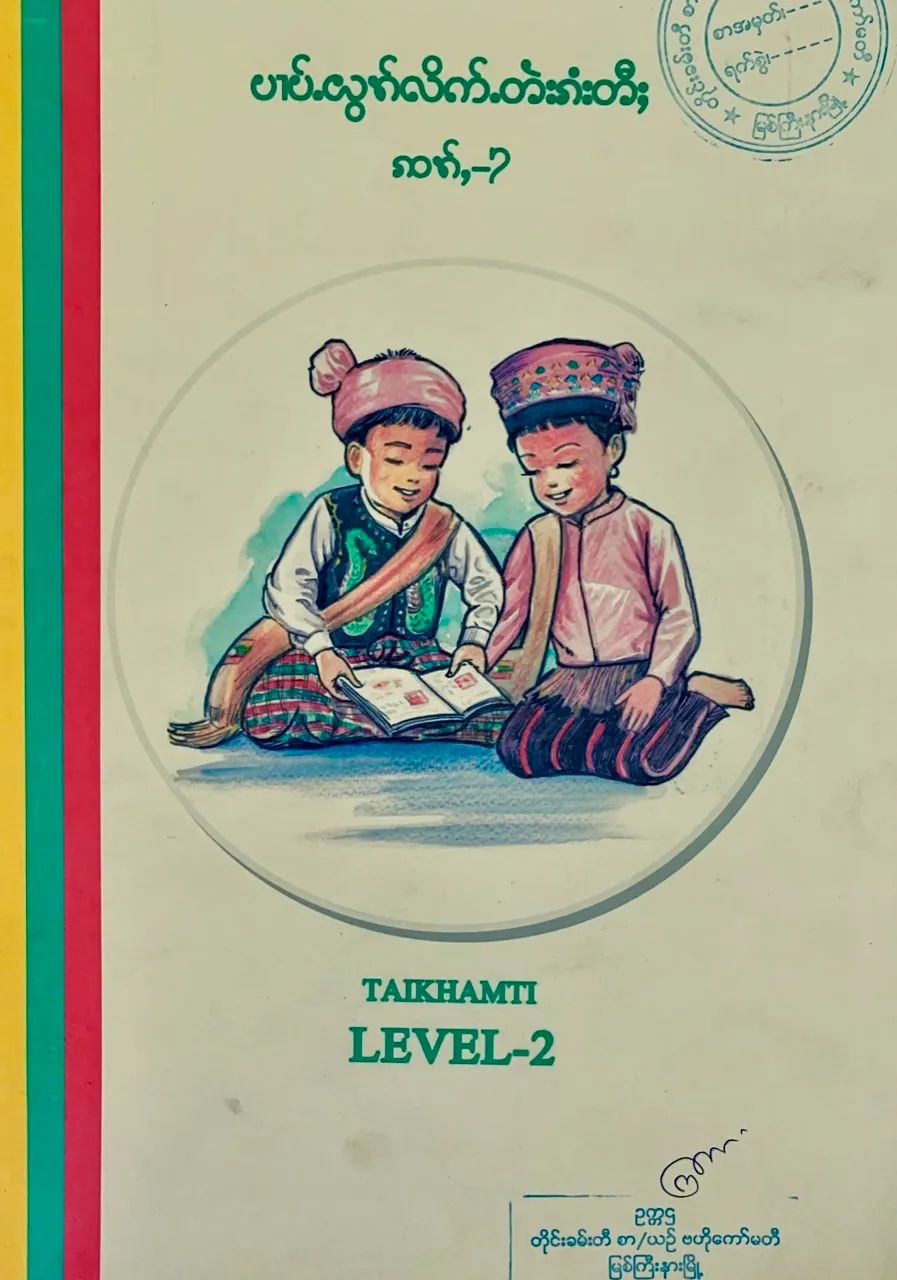
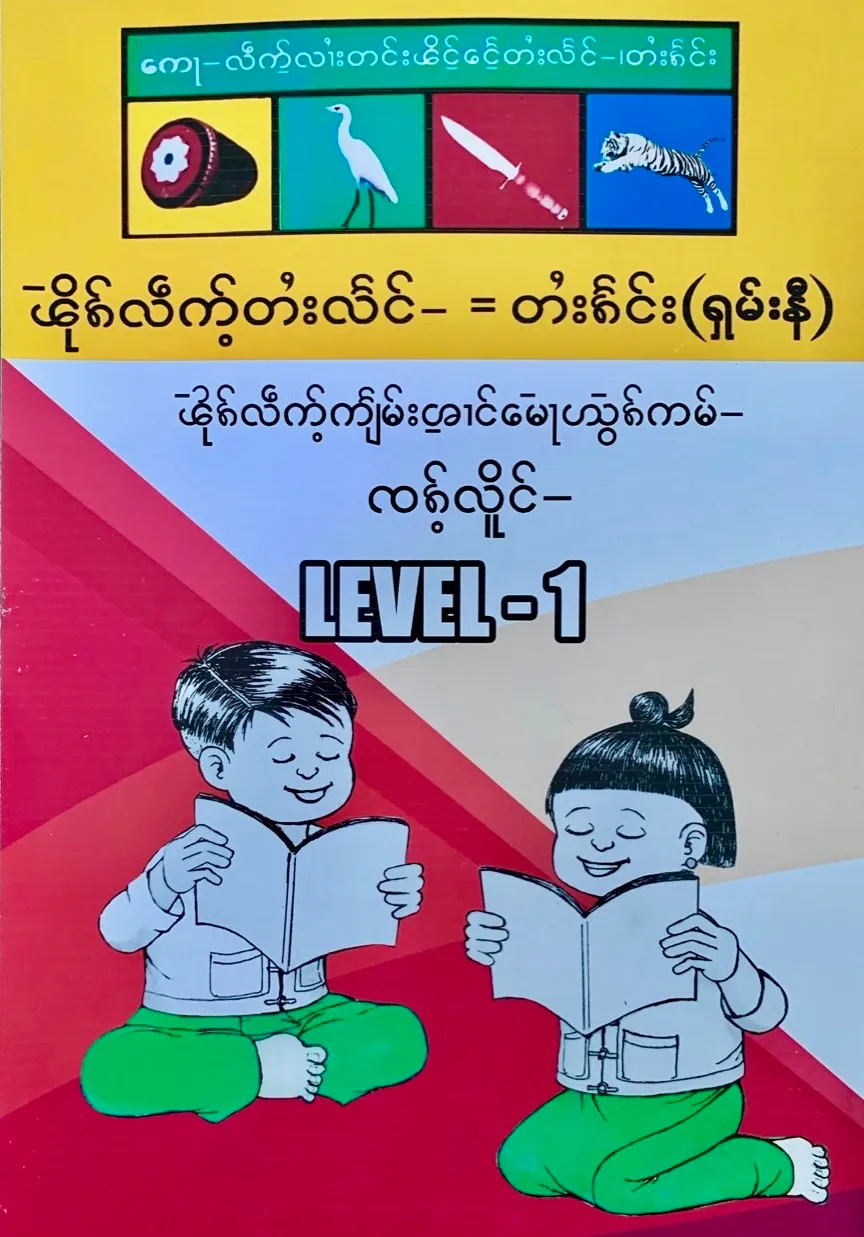
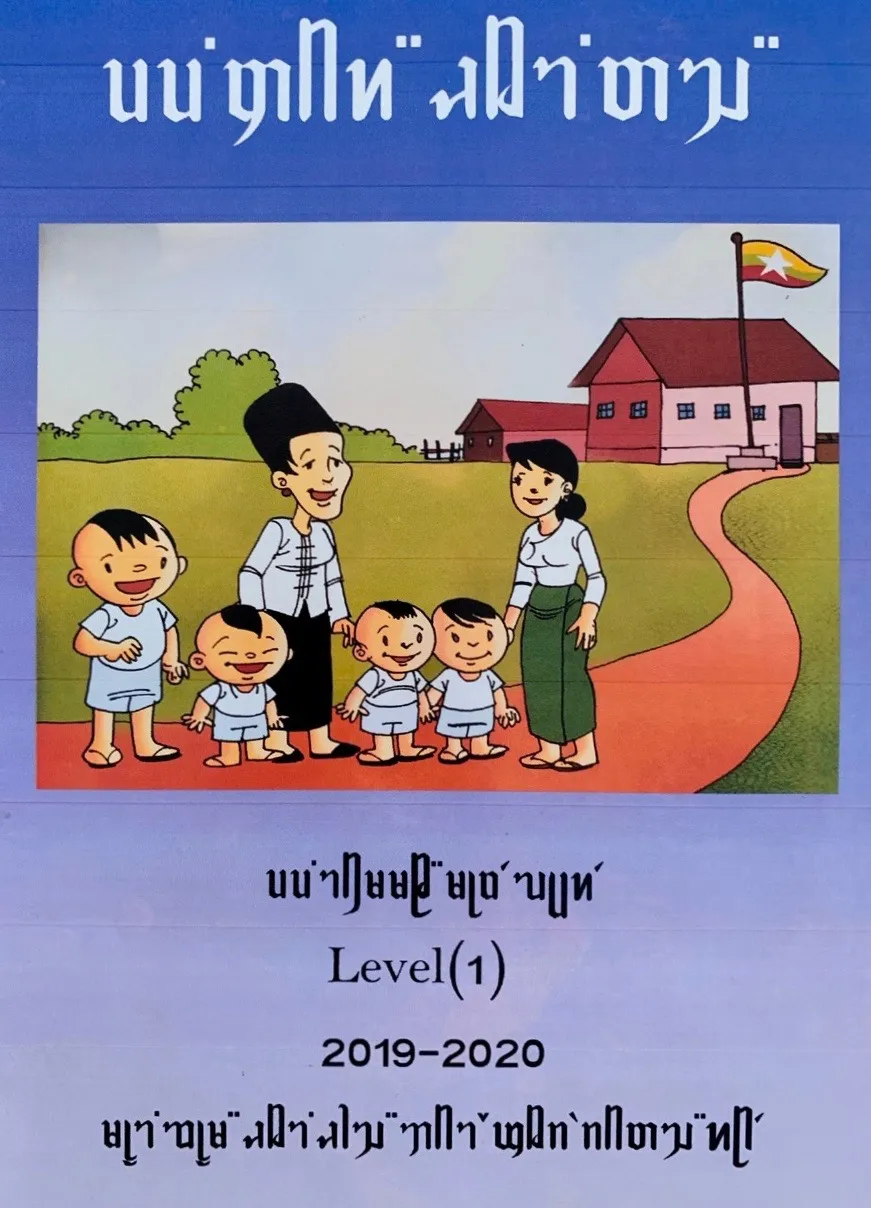
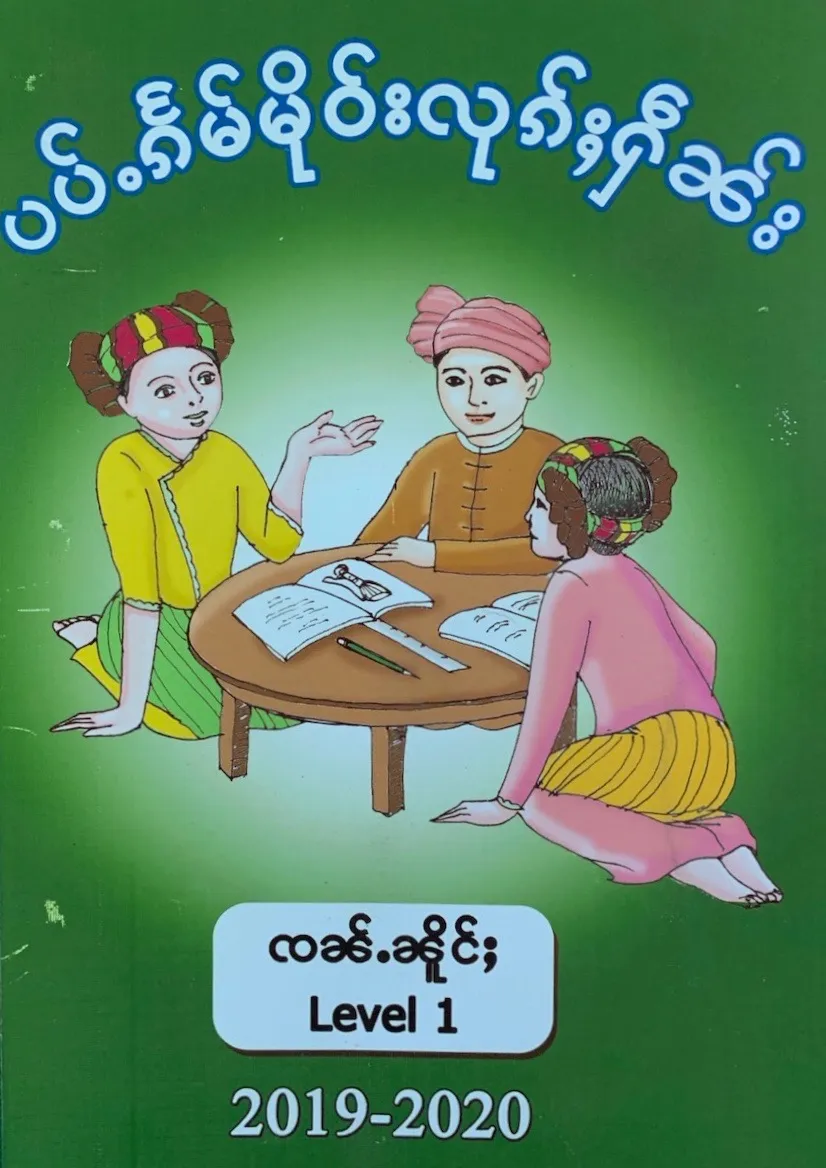
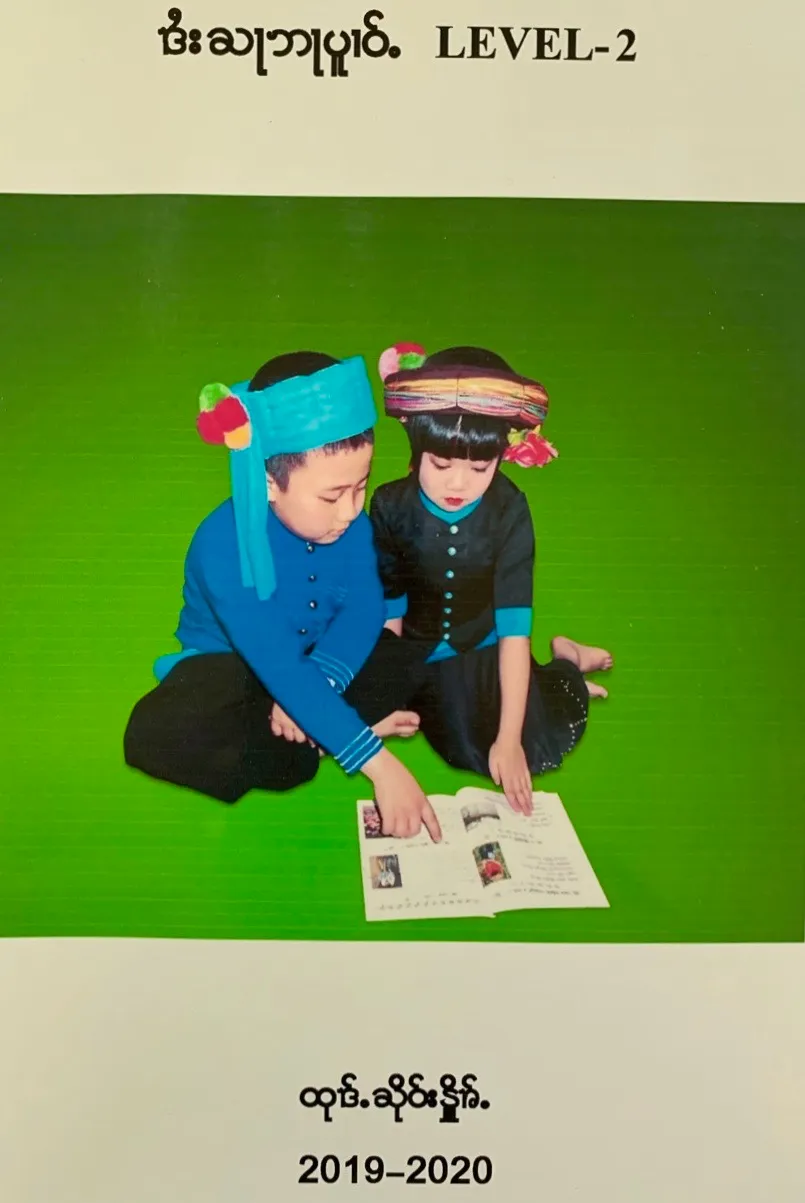
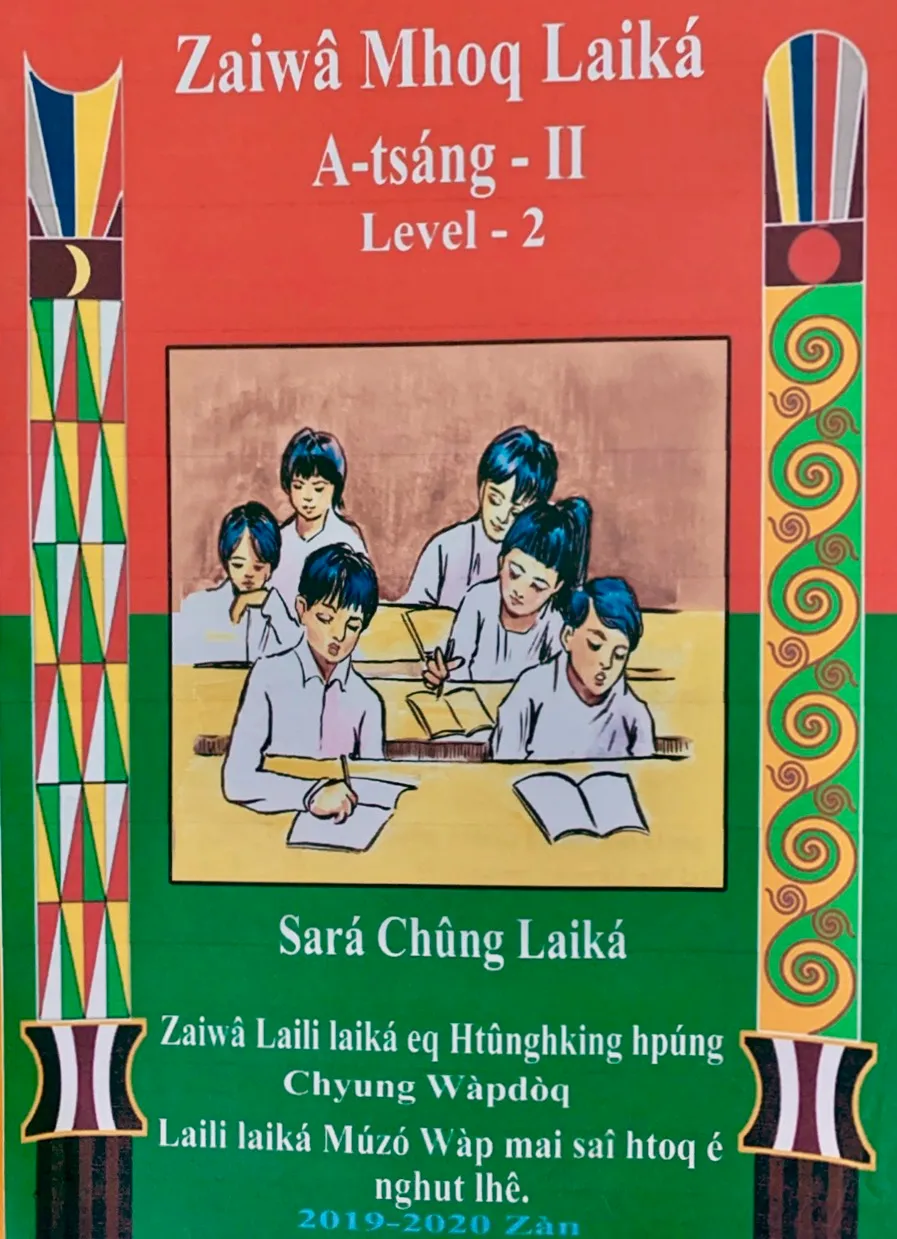
One possible answer to the political problems often coming with the choice of a particular language/dialect/script over others, is to appoint a committee of experts to devise a common language. Several actors among the Palaung, Naga and Chin, for instance, are trying to conduct such projects.
Usually, a literature and culture committee which is supposed to represent an overarching ethnic identity (but whose legitimacy may be contested) works to identify linguistic features common to all (or most of) the sub-groups included in their project, and use those features as the basis for the common language, while at the same time adding specific features from the varieties to foster a sense of inclusiveness.
This type of language standardization endeavor has various implications, which depend on the degree of heterogeneity of the languages varieties and scripts involved. Understandably, they are particularly challenging for languages that are not mutually intelligible. From a strictly linguistic perspective, the standardization of Tai Leng/Shan Ni (see Part Three) for instance, is much less ambitious than the production of common languages for overarching Naga, Palaung or Chin groups, each of which includes a great heterogeneity of languages.
Nevertheless, political and practical challenges to all standardization projects are multiple and daunting, which explains why similar projects around the world often have limited success in terms of generating traction: negotiating a sustainable agreement between all the elite actors regarding the new linguistic unity (which despite its inclusiveness still entails a reduction of diversity), overcoming practical linguistic challenges when merging the multiple languages/dialects, and last but not least, getting the population to actually adopt these new artificial languages or “Esperantos”, first and foremost through education.
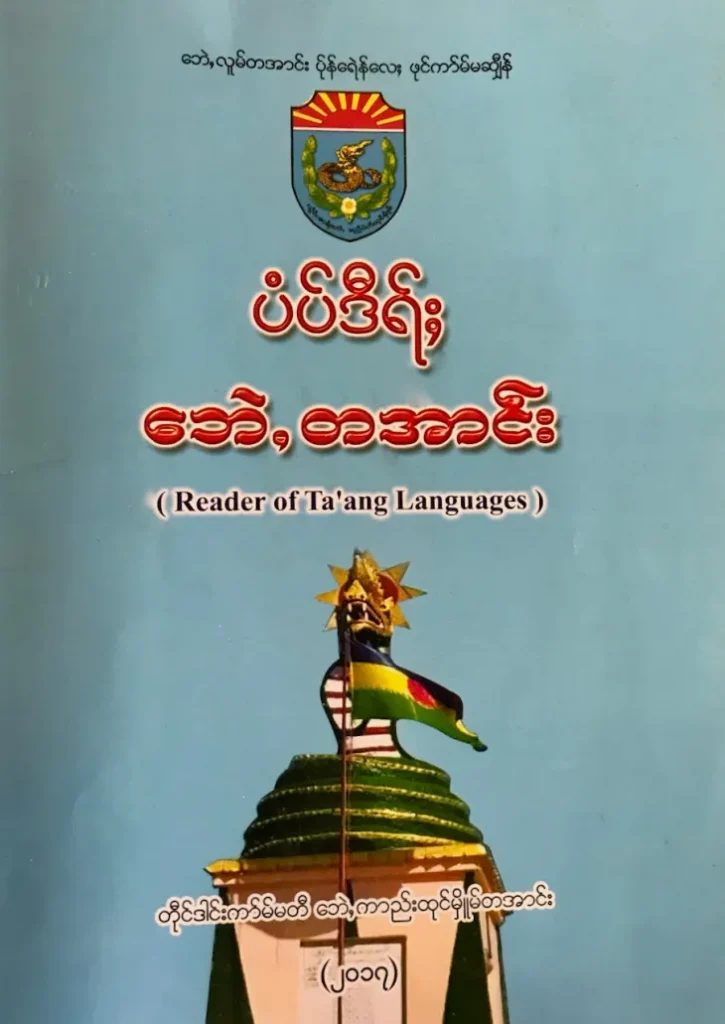
Taking or not into account the linguistic endeavors undertaken by their “kin” living across the border is already a baseline question for many ethnic groups inhabiting borderlands. A lack of coordination can lead to additional difficulties, as when there is more than one project to produce a transnational, standardized language. The balance of power between sub-groups and official recognition in different countries can vary, as in the case of Akha and Lahu, whose speakers are both scattered over several countries.
Within the context of decentralization of the Union of Myanmar, the growing roles of States and Regions, while certainly facilitating the logistics of introducing ethnic minority languages in formal education, may well add a similar extra layer of complexity. In addition to the linguistic, religious, political or interpersonal differences that may work against language standardization, State and Region politics sometimes contribute to the appearance of new fault lines within what is usually perceived as a single group.
In some cases, actors from the same ethnic group living in different States or Regions do work together and produce a single curriculum, for instance the Mons and “southern” Pa-O in Mon and Kayin States. But in other cases they end up competing to obtain recognition and mobilize resources within their respective State or Region political ecosystems.
The Geba (Gaybar) of Kayah and Kayin States could illustrate this point: according to the Geba Language and Culture Committee of Kayah State, there are about 9 Geba dialects, but a common written language was devised by missionaries in 1868, and is widely accepted by all Catholic communities (a Baptist Gaybar minority use a different, Burmese alphabet-based script). According to the government-recognized list of 135 ethnic groups, the Geba belong to Kayah State, and the Geba LCC of Kayah State thus claims legitimacy to lead the Geba linguistic initiatives for the whole Union, materialized by its registration at the Union level in 2017. However, Geba population is much larger in Kayin State, where the Geba are listed as one of the 7 Karen “sub-tribes” (မျိုးနွယ်စု) by an overaching Karen organization which the regional government is in the process of recognizing as the Karen LCC for Kayin State, and which thus want to handle Gaybar ethnicity within Kayin State. The comparable case of Shan Ni / Tai Leng in Sagaing Region and Kachin State will be detailed in Part Three.
In some States, such as Kayah and Kachin, terms such as ဌာနေတိုင်းရင်းသား or ဒေသခံတိုင်းရင်းသား (“local” indigenous race/ethnic nationalities), as opposed to ဧည့်တိုင်းရင်းသား (“guest” indigenous race/ethnic nationalities, which seems to be constructed on the model of ဧည့်နိုင်ငံသား “associate citizen”) are also starting being used informally in conversations, medias and political discourse. These words introduce a distinction between groups that are supposedly indigenous to that State, such as Kayah or Kayan in Kayah State, or Kachin groups in Kachin State, and ethnic groups which should be regarded as “guests” (i.e. Shan in Kachin or Kayah State). Needless to say, this distinction has no historical foundation beyond the ethnonym attached to a territorial entity at its creation in the wake of colonization; the “guests” having in many instances, technically, inhabited and established centers of powers in the region much earlier than the “host”.
This type of distinction, which could well add another layer of complexity to the politics of indigenousness recognition in Myanmar, seems to be part of the discussion in the process of negotiating the political and financial support of the States and Region to the LCCs, in the perspective of teaching ethnic minority languages in the schools. In Kayah State, at the time of writing, only 6 groups seem to be fully recognized as “local” groups (Kayah, Kayan, Kayaw, Yintelay, Gaybar and Manu Manaw/Kawyaw). This situation implies that “guest” groups, such as Shan and Pa-O need the approval of the Kayah State government to teach in the regions populated by their groups within Kayah State and may receive less support from the Kayah State government for their educational and linguistic endeavors.
(All images and media courtesy of Nicolas Salem-Gervais)
Nicolas Salem-Gervais is a Maitre de conférence at the Burmese language section, South East Asia Department of Institut National des Langue et Civilisations Orientales (INALCO) in Paris, and is affiliated to Centre Asie du Sud-Est (CASE). Since 2007, his research has been dealing with various aspects of education and nation-building in Myanmar.
Mael Raynaud is head of research at Urbanize: Policy Institute for Urban and Regional Planning, based in Yangon. This post is part of a research project undertaken for Urbanize and supported by the Konrad Adenauer Stiftung. The authors wish to thank Ei Shwe Phyu and Tinzar Htun, who have contributed to this project since October 2018.
The authors wish to thank Ei Shwe Phyu and Tinzar Htun, who have contributed to this research since October 2018.
Notes
Like This Article
September 16, 2024
June 18, 2024
April 09, 2024
February 23, 2024
December 28, 2023

Center for Southeast Asian Studies, Asian Institute 1 Devonshire Place Toronto, Ontario, M5S 3K7, Canada
©TeaCircle All Rights Reserved 2023